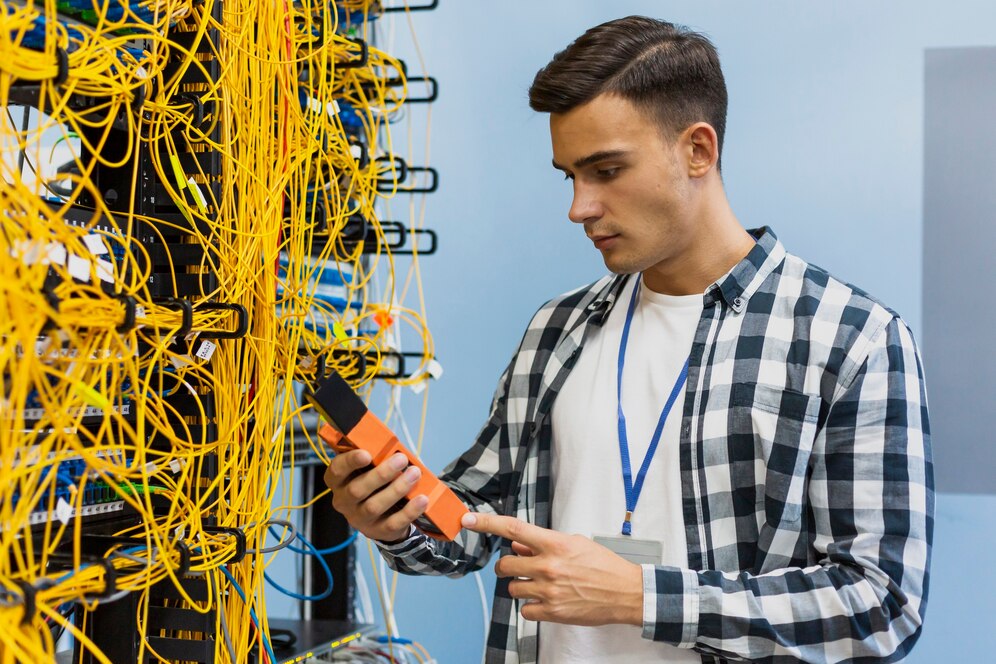Relay commissioning is a critical step in ensuring the reliability and efficiency of electrical power systems. Properly commissioned relays play a vital role in the protection and control of power systems, helping to prevent faults and ensure that any issues that do arise are managed swiftly and effectively.
Understanding Relay Commissioning
Relay commissioning involves a series of tests and verifications performed to ensure that protective relays are correctly installed and functioning as intended. This process typically includes:
Installation Verification: Ensuring that the relay is installed according to design specifications.
Functional Testing: Testing the relay to confirm that it operates correctly under various conditions.
Calibration: Adjusting the relay settings to match the system requirements.
System Integration: Verifying that the relay works correctly within the broader power system.
The Importance of Proper Commissioning
System Protection: Properly commissioned relays are essential for protecting power systems from faults. They help to detect abnormal conditions, such as short circuits, and initiate corrective actions, such as tripping circuit breakers to isolate the fault.
Operational Efficiency: Proper commissioning ensures that relays operate efficiently, reducing the likelihood of unnecessary outages and improving overall system performance.
Safety: Well-commissioned relays help to protect both equipment and personnel by ensuring that faults are quickly and effectively managed, minimizing the risk of damage or injury.
Regulatory Compliance: Many regulatory bodies require proof of proper relay commissioning as part of their safety and reliability standards. Ensuring compliance with these standards is essential for avoiding fines and maintaining a good standing with regulators.
Key Steps in Relay Commissioning
Pre-Commissioning Preparation: This involves gathering all necessary documentation, such as relay settings and wiring diagrams, and ensuring that all tools and equipment are ready for use.
Initial Inspection: A thorough inspection of the relay installation to ensure that it meets all design specifications and that there are no visible issues, such as loose connections or damaged components.
Functional Testing: This step involves testing the relay under various conditions to ensure that it operates correctly. This may include primary injection testing, where a current is injected into the relay to simulate fault conditions, and secondary injection testing, which tests the relay’s response to voltage and current signals.
Calibration: Adjusting the relay settings to match the specific requirements of the power system. This may involve setting thresholds for current, voltage, and time delays.
System Integration Testing: Verifying that the relay works correctly within the broader power system. This may involve testing the relay’s interaction with other protective devices, such as circuit breakers and transformers.
Final Verification: A final round of testing to confirm that the relay operates correctly under all expected conditions and that all documentation is complete and accurate.
Common Challenges and Solutions
Complexity of Modern Relays: Modern relays are highly sophisticated devices with numerous settings and functions. Proper training and experience are essential for commissioning these devices correctly.
Coordination with Other Systems: Ensuring that the relay works correctly with other protective devices can be challenging. Comprehensive system testing and coordination studies are essential for overcoming this challenge.
Documentation and Compliance: Keeping accurate and complete documentation is essential for regulatory compliance. Implementing a robust documentation system can help to manage this process effectively.
Conclusion
Proper relay commissioning is essential for ensuring the reliability, efficiency, and safety of electrical power systems. By following a systematic approach to commissioning, including thorough testing and calibration, power system operators can ensure that their protective relays operate correctly and effectively. This not only helps to prevent faults and outages but also ensures compliance with regulatory standards and protects both equipment and personnel from harm.

